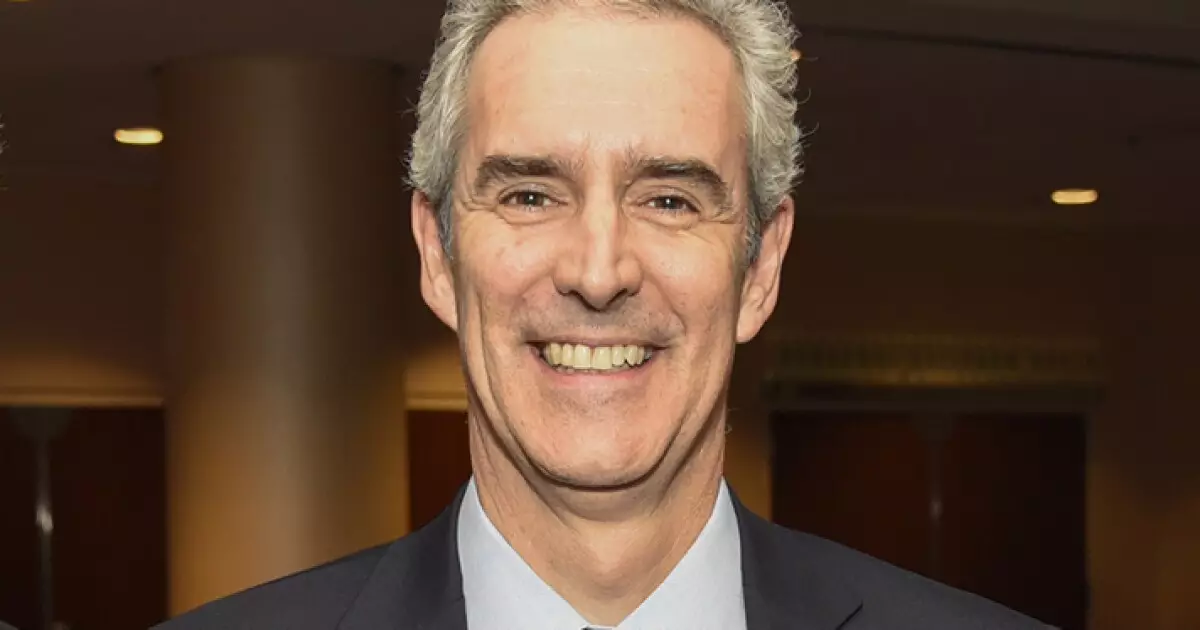The Resurgence of Municipal Bonds: A 2023 Landscape and Beyond

The municipal bond market in the United States is experiencing an unprecedented uplift, a phenomenon reflected in the sharp increase in issuance throughout the year. Various stakeholders and analysts have voiced optimism regarding the persistence of this momentum beyond the upcoming November elections. At the heart of this optimism lies not only a record-setting issuance but also a broader context of post-pandemic recovery that is rapidly reshaping municipal finance.
In the landscape of municipal bond issuance, 2023 has been nothing short of extraordinary. Paul Creedon, managing director and head of national infrastructure at Janney Montgomery Scott LLC, highlighted that momentum has been building since late last year. By the end of 2023, the bond supply is projected to reach a staggering $470 billion—a sign that the financial community is regaining its footing in terms of priorities and operations. Historically, periods surrounding elections tend to create hesitance among issuers, as many opt to postpone deals until the political dust settles. However, both Creedon and Rob Dailey, head of public finance at PNC, assert that this trend may not hold true this time around, particularly given the robust economic indicators driving the current bond market.
The Impact of Federal Policies
Recent policy shifts from the Federal Reserve, particularly a significant 50-basis point rate cut, have created a favorable environment for increased bond issuance. Following this decision, market participants were quick to respond, with predictions of upcoming deals eclipsing $20 billion. This thriving landscape is not merely a product of rate movements, but also the normalization of financial conditions, as key players have adapted to enduring inflation rates and ongoing supply chain challenges. The complexities introduced by the pandemic may have shifted the conventional wisdom regarding bond issuance, leading to a more flexible and adaptive approach from issuers.
While the surge in issuance is promising, it does not come without its set of challenges—particularly in the construction sector. John Medina, a senior vice president at Moody’s, underscores the ongoing labor shortages that significantly hamper project timelines. These conditions result in cost escalations, as the scarcity of skilled labor leads to delays. Despite this, the U.S. construction market retains its title as the most active globally. Nonetheless, the changing landscape necessitates that issuers and investors remain vigilant about the economic variables affecting project costs, as elevated prices are likely to linger.
The Role of New Money in Municipal Financing
A noteworthy trend evident in the current landscape is the 27% year-over-year increase in new-money issuance. Besides the introduction of new projects, there is a marked uptick in refunding deals—up approximately 80%—reflecting an innovative approach to financial structuring in municipal financing. Various tools like tenders and Build America Bonds calls are facilitating this wave of volume, signifying that market participants are exploring every avenue to optimize their financing strategies. Dailey mentions the emergence of a more standard yield curve as an enabler for innovative financial instruments, which underscores the importance of evolving strategies tailored for a dynamic market.
As municipal bond issuers broaden their horizons, they are setting their sights on emergent infrastructure sectors such as broadband, clean energy, and affordable housing. This diversification signals not only a response to immediate public needs but also a shift towards sustainable projects that align with long-term fiscal responsibility and economic resilience. The emphasis on clean and efficient infrastructure reflects a growing recognition of the interconnections between finance, environmental sustainability, and social equity.
The municipal bond market’s current boom period represents a confluence of factors, including favorable federal policies, adaptive responses to labor market challenges, and an eagerness to pursue innovative financing methods. As we edge closer to the forthcoming elections, the outlook remains buoyant, with many expecting this trend to continue well into the future. The resilience of this market serves as a testament to the capabilities of financial institutions to adapt and thrive, even in the face of uncertainty.





